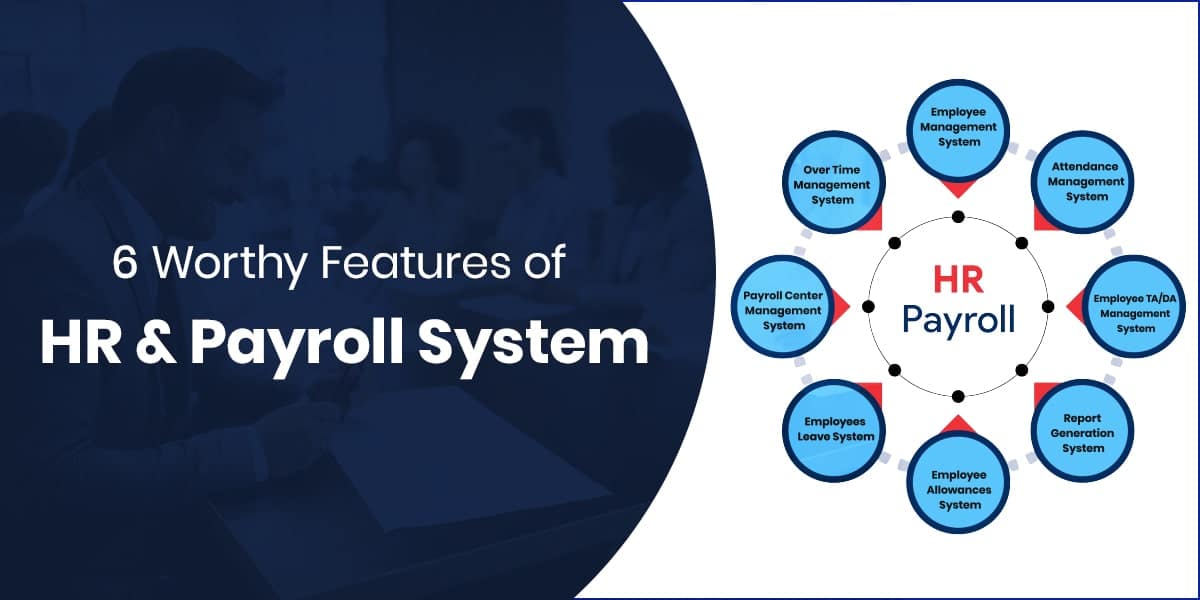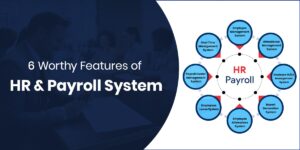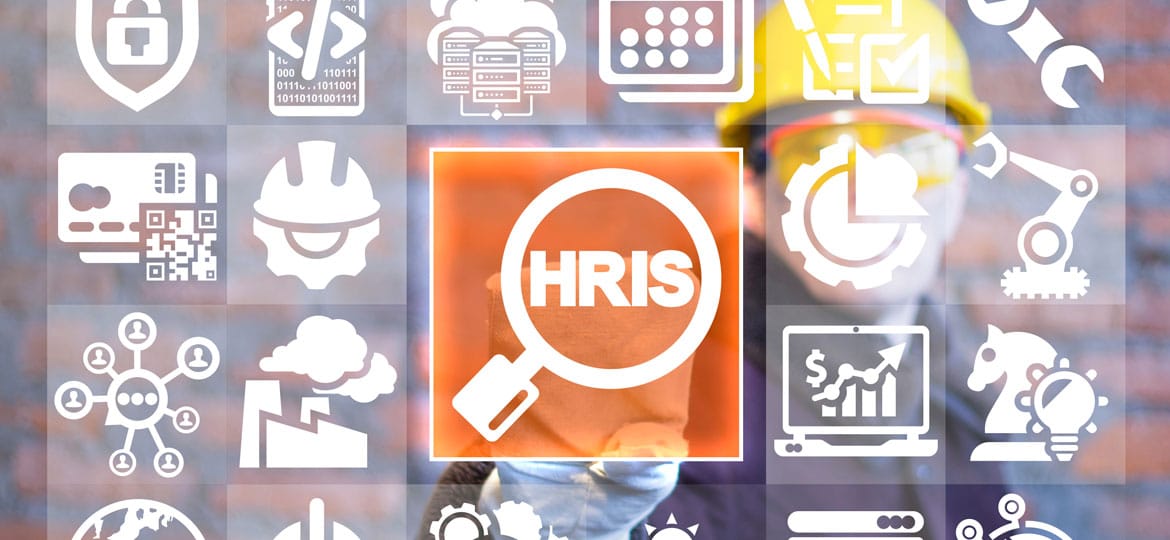Best HRIS Software Human Resources Information System (HRIS) software has become a cornerstone in the efficient management of human resources within organizations of all sizes. This comprehensive guide explores the world of HRIS software, shedding light on its significance, evolution, key components, benefits, selection criteria, implementation strategies, real-world applications across various industries, challenges, and future trends.

Understanding HRIS Software
The Significance of HRIS
HRIS software is a vital tool designed to streamline HR processes, automate repetitive tasks, centralize employee data, and enhance HR management. It plays a crucial role in managing various HR functions, from recruitment and onboarding to performance management and payroll processing.
Challenges in HR Management
Managing human resources can be complex, time-consuming, and resource-intensive, involving challenges such as data management, recruitment, performance evaluation, payroll, training, and compliance with labor laws.
Evolution of HRIS Software
Historical Perspective
HRIS software has evolved significantly over the years. Initially, HR processes were paper-based and labor-intensive. The advent of computers in the workplace marked the beginning of the first generation of HR software, simplifying tasks like payroll processing.
Modern HRIS Solutions
Contemporary HRIS solutions offer features such as self-service portals, advanced analytics, and cloud-based accessibility. These systems have become integral to HR operations, enhancing efficiency and enabling strategic decision-making.
Key Components of HRIS Software
Employee Information Management
HRIS software serves as a central repository for employee data, including personal information, employment history, and performance records.
Recruitment and Applicant Tracking
HRIS streamlines the recruitment process, from posting job openings to tracking applicant progress and conducting interviews.
Performance Management
HRIS aids in setting performance goals, conducting evaluations, and providing feedback, fostering a culture of continuous improvement.
Payroll and Compensation
HRIS software calculates salaries, manages tax compliance, administers benefits, and generates payslips.
Learning and Development
HRIS supports training programs, tracks skill development, and facilitates career growth.
Benefits of HRIS Software
Efficiency and Productivity
HRIS software automates tasks, reducing administrative workload and boosting overall efficiency.
Data Accuracy
Centralized data storage ensures data accuracy and reduces errors in HR processes.
Strategic Decision-Making
Advanced analytics in HRIS software provide insights for informed HR strategies and better organizational decision-making.
Employee Engagement
HRIS software tools can measure and enhance employee engagement through surveys and feedback mechanisms.
Compliance Management
HRIS software helps organizations stay compliant with labor laws and reporting requirements.
Selecting the Best HRIS Software
Assessing Organizational Needs
Identifying specific HR pain points and organizational goals is critical for selecting the best HRIS software.
Scalability and Integration
Consider whether the HRIS software can scale with organizational growth and integrate seamlessly with existing systems.
Usability and User Adoption
Ensure the selected HRIS software is user-friendly and provide training for effective user adoption.
Vendor Evaluation
Evaluate HRIS software vendors based on factors such as reputation, customer support, and pricing to make an informed choice.
Implementing HRIS Software
Planning and Preparation
Successful HRIS software implementation requires thorough planning, stakeholder involvement, and clear objectives.
Data Migration
Migrating existing employee data accurately is crucial to prevent discrepancies and ensure historical information availability.
Training and Onboarding
Comprehensive training programs should be designed to help employees and HR professionals adapt to the new HRIS software.
Monitoring and Continuous Improvement
Regular monitoring and feedback mechanisms ensure the HRIS software operates optimally and meets evolving needs.
HRIS Software in Different Industries
Healthcare
In the healthcare sector, HRIS software helps manage diverse workforces and maintain compliance with stringent regulations.
Manufacturing
Manufacturing industries leverage HRIS software for time and attendance tracking, labor cost management, and compliance.
Finance
Financial institutions rely on HRIS software for talent management, payroll processing, and regulatory compliance.
Technology
Tech companies use HRIS software for efficient HR operations and remote work solutions.
Challenges and Considerations
Data Security
Protecting sensitive employee data from breaches is a top priority for organizations implementing HRIS software.
Costs and ROI
Organizations must calculate the total cost of ownership and assess the return on investment for HRIS software implementation.
Change Management
Addressing employee concerns and promoting buy-in is essential for successful HRIS software adoption.
Regulatory Compliance
HRIS software should help organizations stay compliant with ever-changing labor laws and regulations.
Future Trends in HRIS Software
Artificial Intelligence and Machine Learning
AI and ML will play a significant role in automating HR tasks and providing predictive insights.
Employee Experience
Enhancing the employee experience through personalized HR services will be a key focus in HRIS software development.
Remote Work Solutions
HRIS software will continue to support remote work, offering tools for virtual onboarding and collaboration.
Conclusion
HRIS software has revolutionized the way organizations manage their human resources. It streamlines processes, enhances data accuracy, and provides insights for strategic decision-making. As HRIS software continues to evolve, organizations that embrace these technologies stand to gain a competitive advantage in the ever-changing landscape of HR management. By addressing challenges, selecting the best HRIS software, and staying attuned to future trends, organizations can maximize the benefits of HRIS software and empower their HR teams to excel in their roles.






